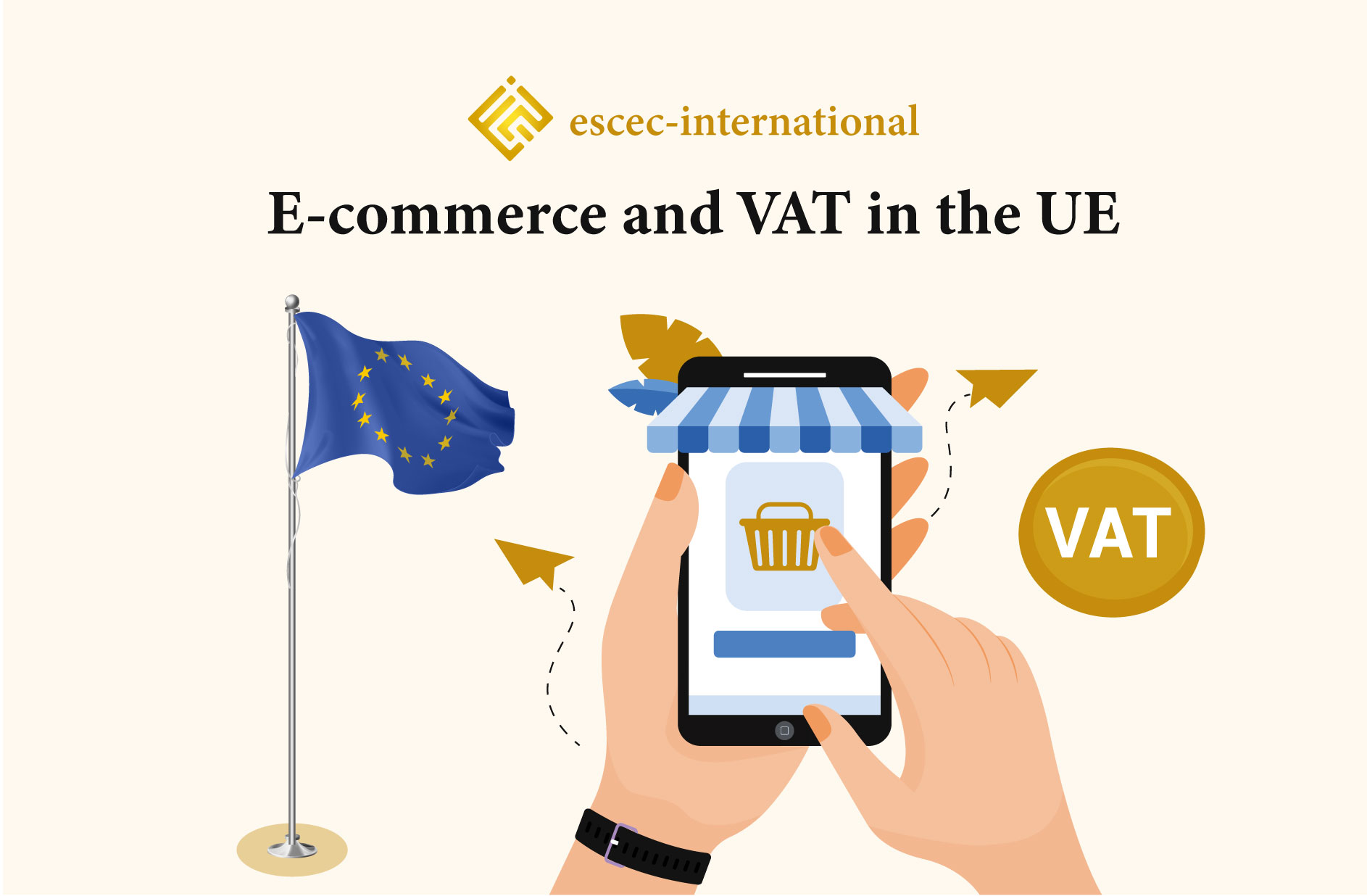E-commerce and VAT in the UE
Information on B2C VAT for businesses that sell e-commerce to their customers in the EU
As of July 1, 2021, businesses that sell e-commerce (goods or services) to their private customers (B to C) located in the EU must complete and file a new OSS return with their regular national VAT return that will list all their European sales. They then pay the VAT due to the French tax service (SIE), which then transfers this tax to the relevant EU countries.
The OSS filing will be a quarterly return structured as follows:
| UE Countries | VAT Rate | VAT rate in the Member State | Total value of supplies excluding VAT | VAT owed |
| France | Standard | 20% | ||
| Reduced | 5% | |||
| Germany | Standard | 19% | ||
| Reduced | 7% | |||
| Spain | Standard | 21% | ||
| Reduced | 10% | |||
| Poland | Standard | 23% | ||
| Reduced | 8% | |||
| Other countries.. | … | … | ||
| Totaux |
Exemption for sales below €10,000 for EU micro-enterprises:
The EU will grant EU resident micro-enterprises an exemption from filing an OSS return to businesses that do not reach the €10,000 threshold of sales per year of B2C goods and services to customers located in other EU states. These companies will then be able to invoice these sales (below €10,000 per year) at French VAT rates and declare sales below this threshold in their regular French VAT return.
In summary:
If your sales in EU countries other than France, reach or exceed the €10,000 per year threshold, you must charge VAT on all B2C sales at the rates applied by the country where your customer is located (C). Then, these sales will be declared quarterly by the chartered accountant on the French one-stop shop (OSS) and you will pay the VAT collected on these sales. The French OSS will then pay it to the tax authorities of your customer’s country of residence. If the sales do not reach this threshold, you can invoice the French VAT and pay it to the French tax authorities.
Therefore, in order to make this declaration, you have to provide to the chartered accountant each quarter with the sales made in one of the EU countries in a table including the amount before tax of each sale, the VAT rates applied by the countries involved, the amount of VAT invoiced and the amount including tax (see table above).

